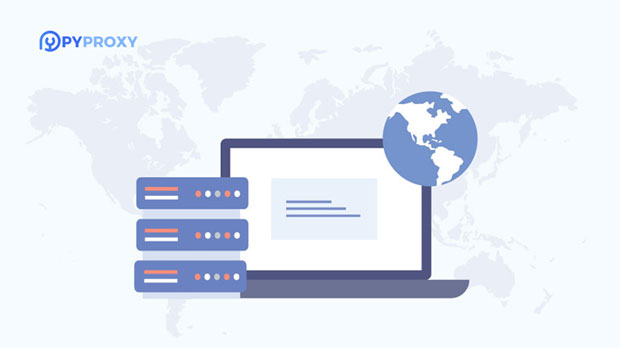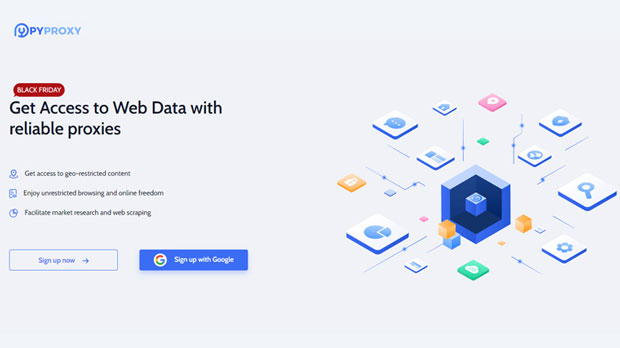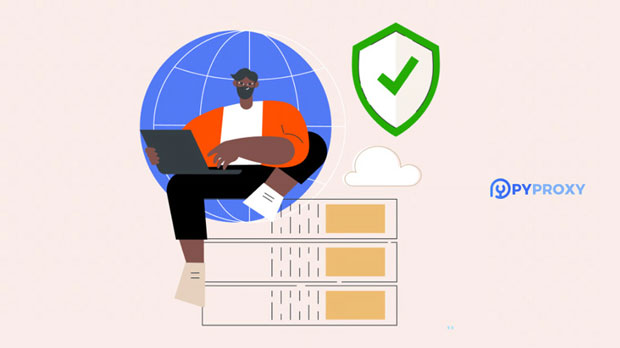In today’s data-driven world, proxy services have become an indispensable tool for businesses, marketers, and individuals seeking security, anonymity, and efficiency in online operations. While many people are drawn to free proxy options due to their zero-cost appeal, professional solutions such as PYPROXY residential proxy deliver a far superior experience in terms of reliability, performance, security, and scalability. This article provides a deep analysis of the core advantages of Py proxy residential Proxy compared with free proxies, helping users understand why investing in a premium service offers long-term value and operational stability. 1. Authentic Residential IP Resources and High Anonymity The first major advantage of PyProxy Residential Proxy is its use of genuine residential IPs obtained from real Internet Service Providers (ISPs). These IPs are assigned to actual households, making the proxy traffic appear as normal user activity rather than server-based traffic. Free proxies, in contrast, often rely on datacenter IPs or public nodes that can be easily flagged and blocked by websites. With PyProxy, users gain access to millions of residential IPs distributed across different regions, ensuring true anonymity and a lower risk of detection. This level of authenticity is critical for web scraping, market research, and ad verification, where being blocked or banned could cause significant data loss or project disruption. 2. Stability, Speed, and Consistency of Network Performance Free proxies are typically unstable due to heavy user load, limited bandwidth, and lack of infrastructure maintenance. Connections may frequently drop, speeds fluctuate dramatically, and IPs may be offline at any time. These inconsistencies make free proxies unsuitable for professional tasks. PyProxy Residential Proxy, on the other hand, provides stable and high-speed connections supported by optimized routing and professional-grade infrastructure. Each session maintains consistent speed and uptime, allowing seamless access to data-intensive operations such as automation, streaming, and SEO analysis. This ensures uninterrupted performance even during large-scale data requests or concurrent connections. 3. Stronger Security and Data Protection Mechanisms One of the major risks of using free proxies is security vulnerability. Many free proxy services are operated by unknown entities, which means users’ data could be intercepted, logged, or even sold to third parties. This exposes users to potential data breaches, identity theft, and malware attacks. PyProxy Residential Proxy, however, prioritizes data encryption and privacy. It employs secure HTTPS and SOCKS5 protocols to safeguard information transmitted through the proxy network. Additionally, PyProxy guarantees zero data logging, ensuring that user activity remains private and protected at all times. For businesses handling sensitive data or operating under strict compliance regulations, this security assurance is invaluable. 4. Global Coverage and Targeted Geolocation Flexibility A common limitation of free proxies is their lack of geographical diversity. Most public proxies are concentrated in a few regions, which restricts users from accessing localized content or performing region-specific testing. PyProxy Residential Proxy solves this issue by offering a global IP pool covering various countries and cities. Users can easily switch between different geographic locations to test regional ad campaigns, monitor competitor pricing, or bypass geo-restrictions. This global reach enhances data accuracy and enables businesses to execute truly international marketing and research strategies. 5. Customization, API Support, and Professional Management Free proxies offer little to no customization or technical support. Users cannot control session time, rotate IPs, or integrate proxies through APIs for automation. As a result, managing large-scale projects becomes inefficient and error-prone. PyProxy Residential Proxy, by contrast, provides users with advanced customization options such as session persistence, automatic IP rotation, and integration with RESTful APIs. Developers can easily connect PyProxy with custom scripts, bots, or applications for efficient automation. Moreover, the service offers professional customer support, ensuring that technical issues are promptly resolved. 6. Cost-Effectiveness and Long-Term Value Although free proxies may appear cost-saving at first glance, they often lead to hidden costs such as time loss, unreliable data, and system security risks. In professional use cases—especially for digital marketing, data analytics, and e-commerce—these losses can quickly exceed the price of a paid proxy. PyProxy Residential Proxy delivers consistent performance and reliability that translates into operational efficiency and reduced downtime. The improved success rate in data collection and access justifies the investment, making it a more cost-effective option in the long term. Businesses that depend on accuracy and speed will find that the ROI from a premium proxy far outweighs any temporary savings from using a free one. 7. Ethical and Legal Compliance Another crucial advantage of PyProxy Residential Proxy is its adherence to ethical and legal standards. Free proxies often involve questionable sourcing of IPs—sometimes using compromised devices without consent—which can lead to legal consequences or reputational damage. PyProxy maintains strict compliance by ensuring that all residential IPs are obtained ethically and through consent-based partnerships. This transparency protects users from potential violations and ensures that proxy use aligns with global data protection laws. Businesses, in particular, benefit from this compliance as it upholds brand integrity and trustworthiness. 8. Optimized for Business Applications and Automation Free proxies are rarely designed for enterprise-level operations. They lack scalability, security protocols, and session control features required for automation, testing, and analytics. PyProxy Residential Proxy is purpose-built to support business use cases such as SEO monitoring, sneaker copping, social media management, and web crawling. Its infrastructure is optimized for concurrent connections, session tracking, and large-volume requests. The result is a smooth and efficient workflow that allows organizations to scale their digital operations without worrying about IP bans or unstable networks. Conclusion: The Smart Choice for Sustainable Proxy Use In summary, PyProxy Residential Proxy stands out from free proxies in every aspect—security, speed, stability, scalability, and compliance. While free proxies may serve casual users for temporary access, they fail to meet the needs of modern businesses that depend on precision, safety, and reliability. By choosing PyProxy, users invest in a trusted infrastructure that ensures uninterrupted access, ethical IP sourcing, and top-tier performance. For companies seeking to optimize digital strategies, protect data, and enhance global operations, PyProxy Residential Proxy is not just an upgrade—it is a necessity for sustainable online success.
Oct 20, 2025



































































